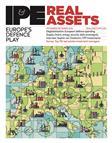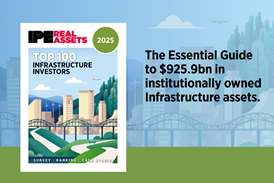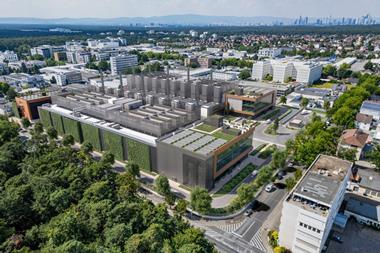Australia’s green bank Clean Energy Finance Corporation (CEFC) and La Caisse (formerly CDPQ) have launched a A$250m (€140m) large-scale, diversified agricultural platform to generate high-quality carbon credits to be sold to mining giant Rio Tinto.
La Caisse is investing A$200m with CEFC contributing A$50m to create the Meldora platform, which will be managed by Australian agriculture and natural capital asset manager, Gunn Agri Partners (GAP).
Meldora has purchased its first asset – a broadacre and irrigation farm of more than 15,000 hectares in Central Queensland. It will combine sustainable agricultural production with large-scale environmental plantings under the Australia’ Carbon Credit Unit (ACCU) regulated scheme.
Under the environmental plantings methodology for ACCUs, native vegetation is planted and maintained for a minimum of 25 years for some projects and as long as a century for others, providing long term carbon sequestration and biodiversity benefits.
Emmanuel Jaclot, executive vice-president and head of infrastructure and sustainability at La Caisse, said: “This investment is a timely step toward advancing resilient, climate-smart agriculture in Australia, while delivering measurable environmental and economic value.
“Teaming up once again with the CEFC and GAP – and with Rio Tinto as a foundation offtaker – reinforces our confidence in this platform’s ability to scale. It reflects La Caisse’s commitment to sustainable land use and our broader net zero ambition, as we position ourselves early in a growing market for high-quality carbon credits.”
CEFC head of natural capital, Heechung Sung, said: “This initiative represents a long term investment in nature and land-based strategies in Australian agriculture. By adopting an integrated sustainable land management model, this strategy can produce high-quality agricultural commodities while also increasing biodiversity, improving ecosystems, and earning carbon revenues through the investment in native landscape restoration.”
Sung added that sustainable agricultural practises across Australian farmland paved the way for a more resilient future with better environmental outcomes for the sector. By utilising a high-integrity method – environmental plantings – that also supports biodiversity, these carbon credits have the potential to command a premium in the market.
“This reinforces the role of nature-based solutions in climate action and underscores the increasing value of sustainable land management and investment in the restoration of trees and vegetation, as we transition to a low carbon economy,” she said.
Gunn Agri’s joint managing director, Bradley Wheaton, said: “The scale of this investment and the scope of the Meldora platform means that it is uniquely ambitious in integrating the restoration of native vegetation in the landscape of an institutional-quality agricultural investment. Through diversification across irrigation, dryland cropping and carbon credit generation, the investment model redefines the future of farming.”
To read the latest IPE Real Assets magazine click here.


















